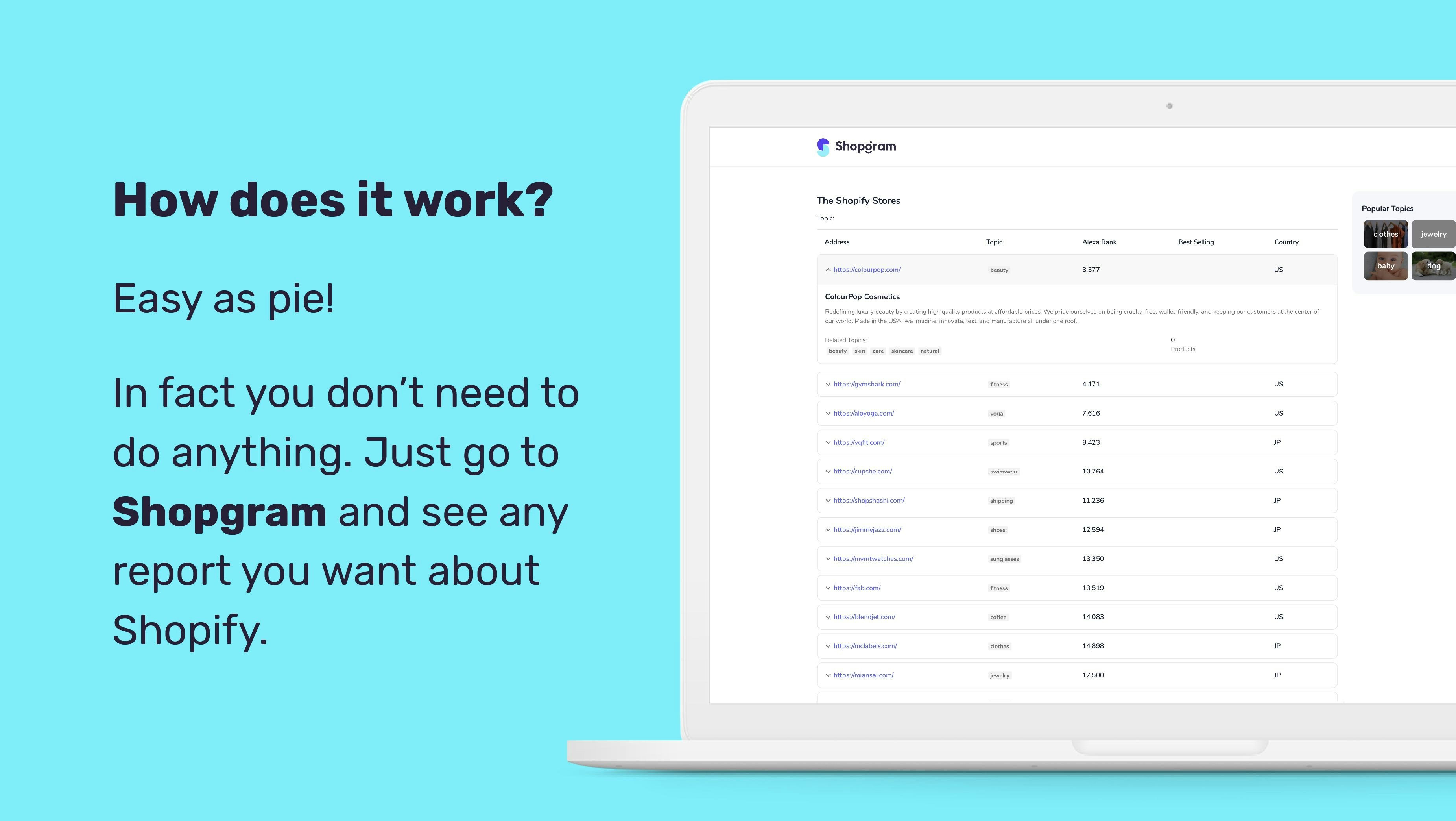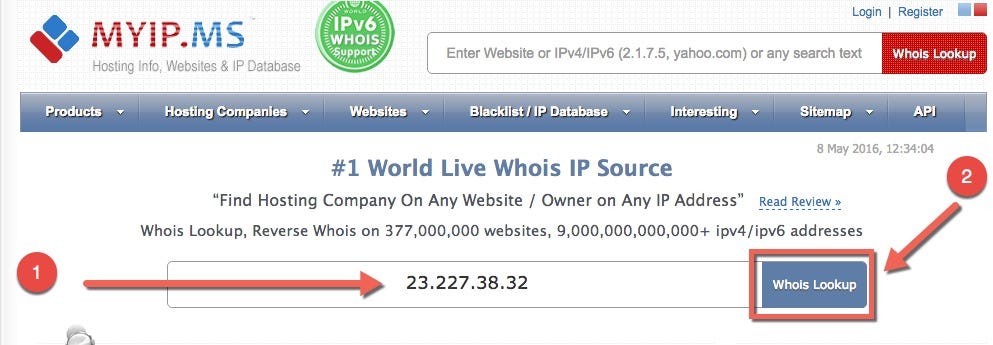

They are optimistic about holiday sales and ready to be more aggressive with their marketing efforts (within reason). The Tiny Tim ecommerce marketer is everyone’s favorite client.

The combination of focus on the top performing content and the extreme conversion rates of the holiday season should provide excellent ROI even with aggressive bidding! With any luck you can work within budget limitations and deliver outstanding results that will turn this Scrooge into a Tiny Tim next holiday season. Lastly, this refined campaign should have bid prices set aggressively to achieve position 1.5-2.8. It should have slightly wider day parting (holiday shoppers are erratic) than the rest of the year, unless you have previous years' time-of-day conversion data to compare. This new campaign comprised of the top converting KWs and top selling products should have the majority of that daily budget. The first step is to look at their PPC campaign history for top converting terms and compare that to the client’s list of top selling products.Īrmed with this information, you will want to create one or more new campaigns, peeling out the top performers and placing them in adgroups limited to 1-10 keywords paired with highly relevant ad copy. This plan will require that you actually trim down the keyword counts, organize them into more tightly themed adgroups and bid on them aggressively. With this personality, you need to quickly scope the client’s maximum budget for the season and put a plan in place to maximize returns against this budget. The best way to show Ebenezer Scrooge a happy holiday is to have three ghosts visit him, but if you can’t conjure any apparitions, then here is the second best strategy.

The Scrooge marketer does not want to enter the Holiday CPC battle, and believes s/he will only see razor-thin profits from increased holiday marketing. What’s worse, in Q4, we see CPC micro-inflation as so many retailers compete to get their offers in front of holiday shoppers. The driving force of this attitude stems from average Cost Per Click (CPC) prices having risen as much as 26% from 2012 to Q1 2014 in some verticals. The Scrooge ecommerce marketer has become more prevalent in recent years, and it is no surprise. You might also like: 4 Ways to Give Some Holiday Flair to an Ecommerce Store Getting Your Clients Into the Holiday Spiritįirst, you’ll need to understand the two holiday ecommerce store marketing personalities. While there is clearly a LOT to learn on the subject of PPC optimization for the holiday as freelancers, consultants, and agencies, in this post we are going to focus on core concepts that will prepare us to help any of our Shopify clients. If you are new to paid search but facing the holiday rush, HubSpot has a great post to get you started, and if you are a PPC expert, you’ll want to check out the cutting edge changes to Google Adwords for the 2014 holiday season. There are roughly one million posts about creating and preparing campaigns for the season, so we are going to attempt to cut through the clutter. As a Shopify Partner, what can you do to help Shopify stores prepare and execute PPC strategies for the holidays? In 2013, Internet Retailer documented 10.3% growth in US online sales volumes over the prior year, and this year’s gains are predicted to be just as strong. For most ecommerce vendors, search marketing is an important channel to maximize sales volumes during the holidays.


 0 kommentar(er)
0 kommentar(er)
